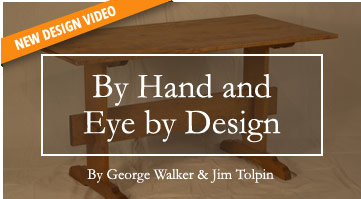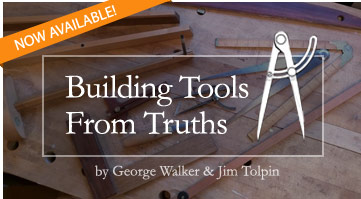Blog > Layout
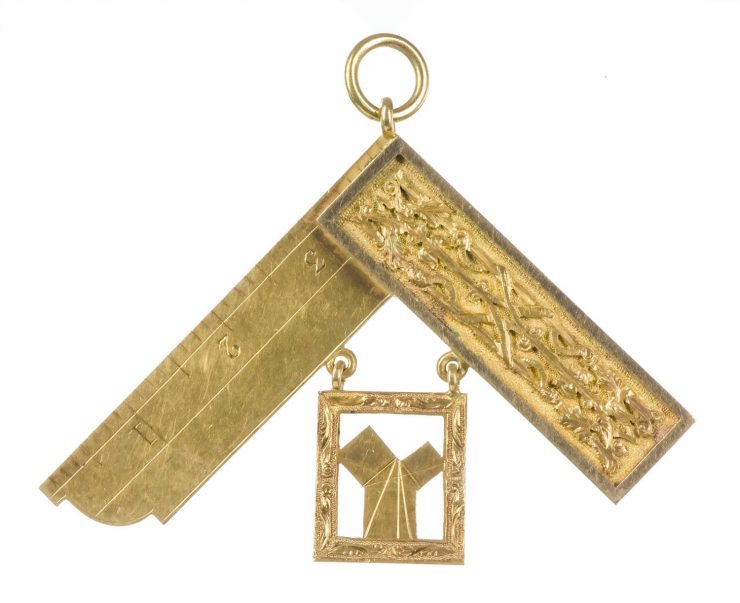
Plumbing a Masonic Medal Mystery
Amongst this collection of Masonic "Past-Master's Jewels" medals, two show a representation of the pythagorean theorem. It is reported that its presence on the owner's medal indicates…
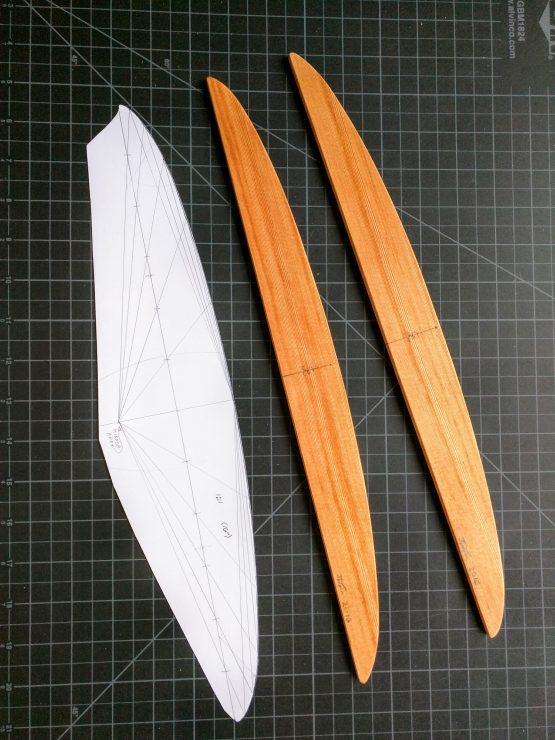
Mini-Straightedge for the Drawing Table
Spent the weekend after Thanksgiving making up a batch of mini-straightedges (16-in. long) for using at the drawing board. I'm using old-growth, perfectly vertical grain Douglas fir from…
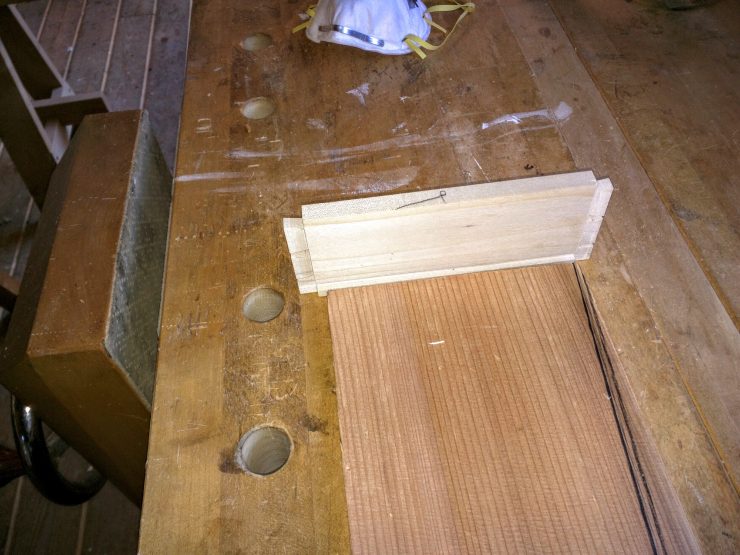
Old-School Board Stretching Trick
In the process of building the sliding till for a tool chest (which was started by Chris Schwarz and will be auctioned off when I'm done with it…
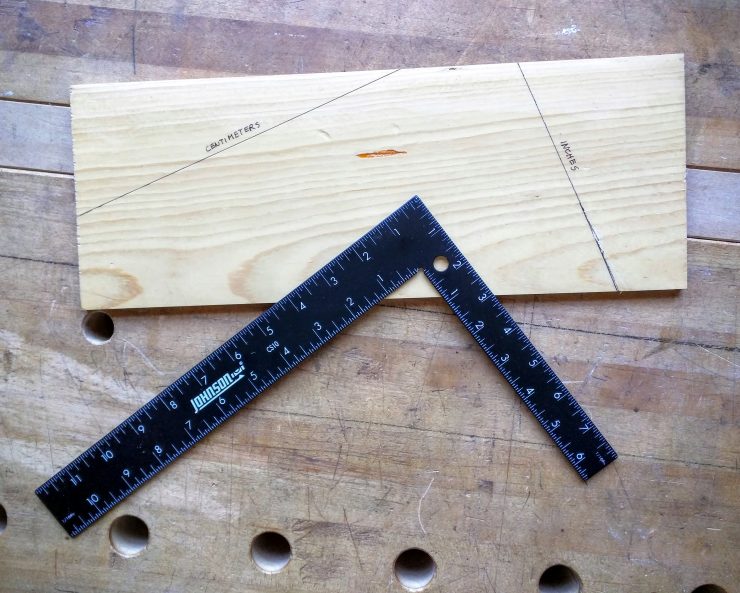
Old School Framing Square Trick #1
One of the primary uses of the framing square is to create slope lines for calculating unknowns--not necessarily in all cases to high precision, but to get you…
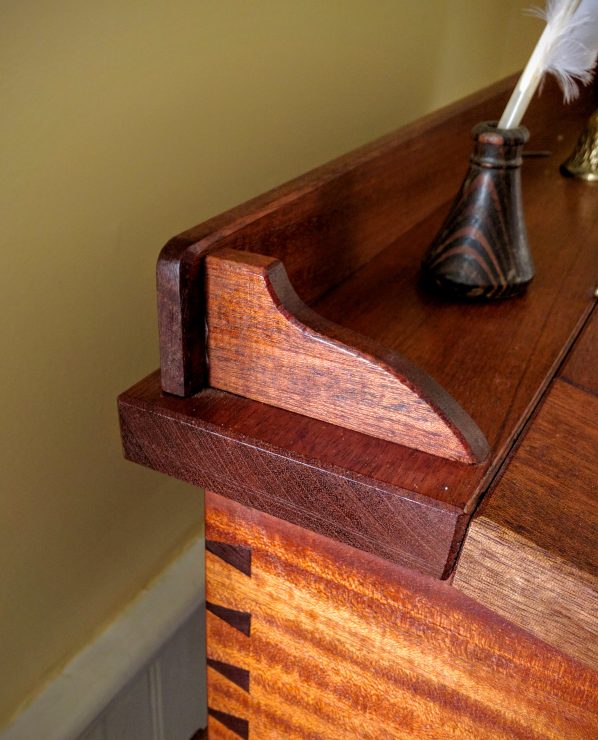
Sine Curves the Easy Way
To develop the curves in the various brackets--here the support for the back fence on the lid of a correspondence desk-- I followed the ancient practice of…
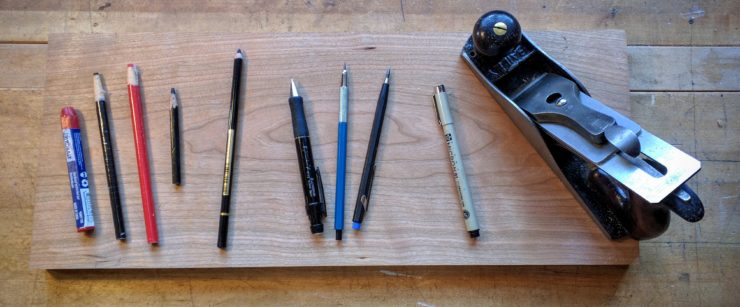
Mark Marks the Spot
In the last post I showed you the layout marking tools that not only marked points and lines, but made physical indications of divots or lines in the…
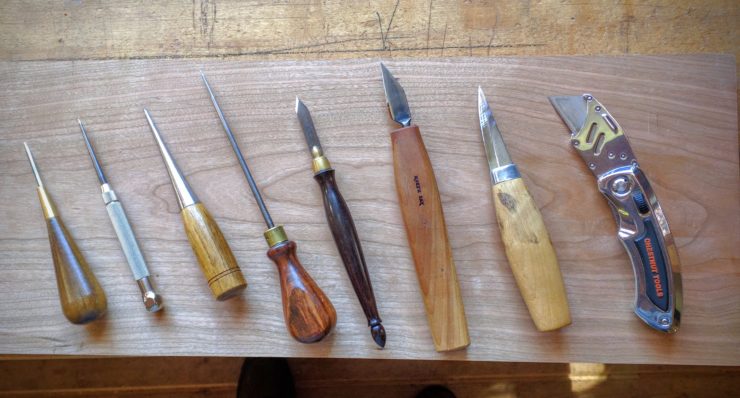
X Marks the Spot
To be precise, the "pointy sticks" X-1 through X-8 marks the spot. All these layout marking tools do the job, but all in a somewhat different way to…
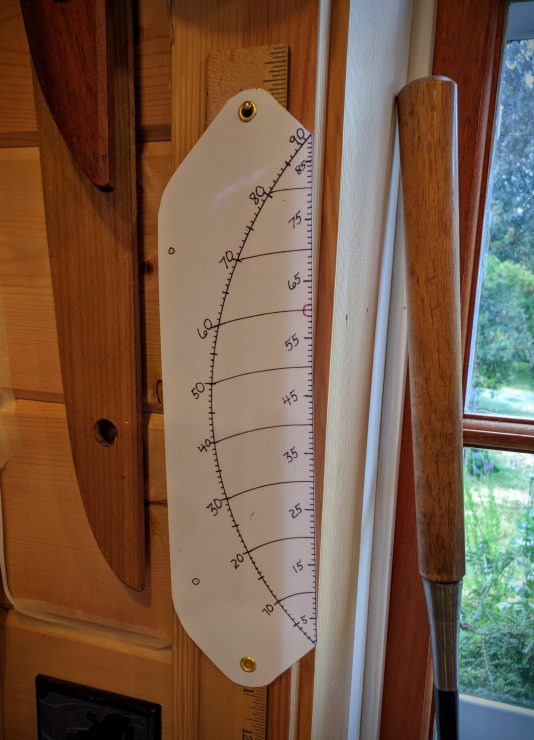
Scale of Chords Upgrade
After using the scale for a while, I decided to give it a few new features: Paper-rivet lined hang-up holes and two index points for setting the dividers…
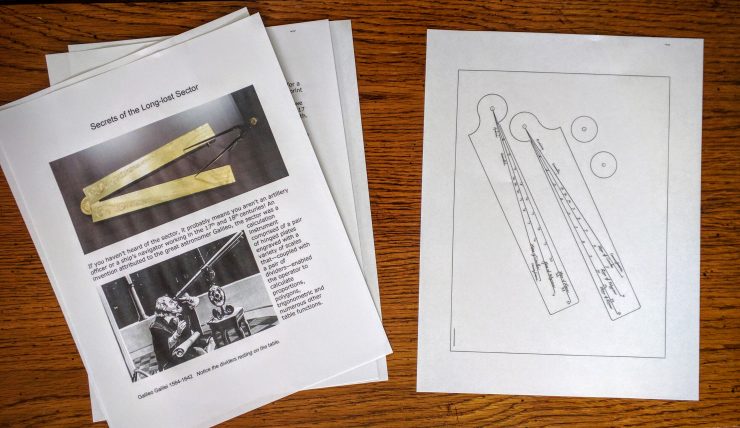
The Sector: For Free and For Sale!
If you haven’t heard of the sector, it probably means you aren’t an artillery officer or a ship’s navigator working in the 17th century! An invention attributed to…

Not all Dimensions Have or Need Numbers
Unless I'm setting up a machine, I rarely go to numerical dimensions to set up cutlines. Instead, I either hold the stock directly to the required "magnitude" as…

